Storage Space Calculator: Maximize Your Home
Storage Space Calculator for tiny homes. Instantly calculate the volume of any closet, cabinet, or box to optimize your space and organize effectively.
Storage Space Calculator
Total Available Volume
0 Liters
0 Cubic Meters (m³)
0 Cubic Feet (ft³)
How to use this tool: Simply measure the width, depth, and height of your storage space (like a cabinet, box, or closet). Enter the numbers into the fields above, select the unit you measured in, and click "Calculate Volume." The tool will instantly show you the total available space in three different units to help you visualize it.
The Ultimate Storage Space Calculator for Tiny Living
As someone who has spent years designing, building, and living in tiny spaces, I can tell you that the single most common point of failure is storage. It’s not about the lack of space, but the inefficient use of it. I remember my first tiny home build; I constructed what I thought was a massive closet, only to find that my bulky bins didn't fit and half the vertical space was wasted. It was a frustrating lesson in geometry and planning. That's precisely why I developed this simple but powerful Storage Space Calculator. It's the first tool you should use before buying a single storage bin or cutting a single piece of wood. It takes the guesswork out of organizing and empowers you to treat every cubic inch as the precious commodity it is.
Understanding the true volume of your storage areas is transformative. It's the difference between a chaotic, cluttered tiny house and a serene, functional sanctuary. This tool is more than just a calculator; it's the foundation of a strategic approach to organization. By quantifying your space, you can make informed decisions, purchase containers that fit perfectly, and design custom solutions that work for your specific needs. Forget about the "shove and hope it fits" method. With an accurate measurement provided by our Storage Space Calculator, you can plan with precision, saving yourself time, money, and the stress that comes with a disorganized environment. Let’s dive deep into how you can turn raw numbers into organizational bliss.
Why Calculating Storage Volume is a Tiny Home Game-Changer
In a conventional home, you can often get away with imprecise storage planning. An extra, unused shelf in a large pantry is no big deal. In a tiny home, it's a catastrophic waste of potential. Every single inch has to justify its existence. This is where accurately calculating your storage volume moves from a "nice-to-have" skill to an absolute necessity. The psychological benefits alone are profound. Research from institutions like the Princeton Neuroscience Institute has shown a direct link between physical clutter and mental stress. By meticulously planning your storage, you are not just organizing items; you are engineering a calmer, more focused living environment. Using a Storage Space Calculator is your first line of defense against the creeping chaos that can so easily overwhelm a small space.
Beyond the mental benefits, there are significant practical advantages. First, financial savings. How many times have you bought storage bins only to find they are slightly too tall or too deep? They end up returned, sold, or, worse, adding to the clutter they were meant to solve. By calculating the volume first, you can buy with confidence. Second, it optimizes accessibility. When you know a cabinet has 120 liters of volume, you can decide to fill it with six 20-liter containers, each labeled and accessible, rather than a deep pile of loose items. This systematic approach, informed by our Storage Space Calculator, means you'll never have to empty an entire cupboard just to find one thing at the back. It transforms frustrating voids into functional, easy-to-use modules.
Understanding the Simple Math Behind Your Space
You don’t need to be a math wizard to master your storage. The concept of volume is simple: it’s the three-dimensional space that an object occupies. The formula is a basic multiplication: Width x Depth x Height. While the formula itself is easy, the challenge in a tiny home comes from applying it consistently to dozens of unique, often irregularly shaped nooks and crannies. This is where a dedicated tool shines, handling the unit conversions and calculations instantly. For instance, knowing your under-stair closet is 1.5 cubic meters might be abstract, but when the Storage Space Calculator tells you that's equivalent to 1,500 liters, you can suddenly visualize that as thirty 50-liter totes. This ability to translate dimensions into tangible volumes is key.
To give you a better feel for this, let's look at some common tiny home storage dimensions and their resulting volumes. Having these benchmarks in mind can help you better estimate your needs as you design or organize your space.
| Storage Area | Typical Dimensions (W x D x H) | Calculated Volume (Liters) |
|---|---|---|
| Overhead Kitchen Cabinet | 60cm x 35cm x 40cm | 84 Liters |
| Under-Bed Storage Box | 75cm x 50cm x 20cm | 75 Liters |
| Tiny Wardrobe Section | 50cm x 55cm x 100cm | 275 Liters |
| Pantry Drawer | 45cm x 40cm x 15cm | 27 Liters |
Maximizing Every Inch: Pro Tips Beyond the Calculator
Once you've used the Storage Space Calculator to understand what you have, the next step is to strategize on how to use it. The number itself is just data; the magic is in its application. As an expert in small-space living from my work at Neat Tiny Home, I’ve learned that the most successful organization systems follow a few key principles. First, go vertical. Floorspace is sacred. Use the full height of your cabinets and closets. Adjustable shelves are your best friend, allowing you to minimize wasted air space between items. If shelves aren't adjustable, consider adding under-shelf baskets or tension rods to create new layers of storage. It's shocking how much extra capacity you can create this way.
Second, divide and conquer. An open, deep cabinet is a recipe for chaos. Use dividers, bins, and containers to compartmentalize the space. This is where your volume calculation is critical. If you know a drawer is 27 liters, you can search for container sets that add up to that volume, ensuring a perfect, puzzle-like fit. For more ideas on effective containerizing, I often find inspiration from professional organizers like Marie Kondo, whose methods emphasize visibility and accessibility. Finally, think about the "real estate" of your storage. Prime real estate—areas that are easy to see and reach—should be reserved for items you use daily. Less accessible spots, like the very top shelf or the back of a deep cabinet, are for seasonal or rarely used items. This simple zoning strategy can dramatically improve the daily flow and function of your home.
- Use Clear Containers: When you can see what's inside a box, you're less likely to tear everything apart looking for one item. This is especially useful for overhead storage.
- Label Everything: Even with clear containers, labels are essential. They save mental energy and keep your system intact, especially when you're tired. A simple label maker is a fantastic investment.
- Think in Modules: Use smaller boxes or pouches within larger bins to group similar items. For example, a "First Aid" bin might contain smaller pouches for "Bandages," "Medication," and "Ointments."
- Vacuum Seal Bags: For soft items like seasonal clothing, bedding, or towels, vacuum seal bags are revolutionary. They can reduce the volume of these items by up to 80%, freeing up enormous amounts of space. Check out this Good Housekeeping article for some great options.
A Practical Example: Planning a Tiny Bathroom Vanity
Let's walk through a real-world scenario. Imagine you have a small bathroom vanity with a single cabinet underneath the sink. The internal, usable dimensions are 50cm wide, 40cm deep, and 60cm high. Plugging this into the Storage Space Calculator, we get a total volume of 120,000 cubic centimeters, or 120 liters. Now, the challenge is the awkward plumbing that runs through the middle. You can't just put one big bin in there. This is where we get creative. We can use stackable, modular drawers on either side of the plumbing. You might find two sets of drawers that are each 20cm wide. You can also add a tension rod across the top to hang spray bottles, freeing up the cabinet floor. By using our calculator, we know the total potential, and we can piece together smaller solutions that work around obstacles to utilize that full 120-liter potential. This is the essence of smart tiny home storage.
Without the initial calculation, you might just see an awkward, unusable space. But with the data from the Storage Space Calculator, you see 120 liters of possibility. You can now confidently shop for stackable containers, knowing the exact height and width you can accommodate. Maybe you find two sets of plastic drawers that are 45cm high, leaving you 15cm of vertical space on top for a shallow basket to hold smaller items. This methodical approach, which starts with a simple calculation, prevents clutter and makes your daily routine smoother. It's about turning frustrating spaces into perfectly functional storage zones. You can explore a variety of under-sink organizers on sites like The Container Store to find products that fit your calculated dimensions.
Common Mistakes to Avoid When Planning Your Storage
In my journey, I've seen many tiny home dwellers make the same handful of storage mistakes. The most common is forgetting to measure the items you need to store. You might build a beautiful pantry with 30cm deep shelves, only to discover your favorite cereal boxes are 32cm deep. Before you finalize any storage plan, take an inventory of your must-have items and measure them! This includes your bulky kitchen appliances, your tallest books, or your folded stacks of clothing. Your storage must be designed around your life, not the other way around. Our Storage Space Calculator is a tool for the space, but your measuring tape is the tool for your belongings.
Another frequent error is ignoring accessibility. A deep cabinet might seem great in theory, but it can quickly become a "black hole" where items go to be forgotten. If you have a space that is more than 50-60cm deep, you absolutely need to integrate solutions like pull-out drawers or rotating "Lazy Susan" style turntables. According to a study on kitchen ergonomics by Blum, a leader in cabinet hardware, storage that comes to you (like a drawer) is far more efficient and ergonomic than fixed shelving. Investing in this kind of hardware might seem expensive upfront, but the daily convenience is priceless in a small space. Always prioritize making the back of your storage as accessible as the front. This principle is vital for maintaining a truly organized home in the long term.
Finally, a critical mistake is aiming for a static, "perfect" system from day one. Your life changes, and your storage needs will evolve. The best storage systems are flexible. Opt for adjustable shelves over fixed ones. Use modular containers that can be reconfigured rather than a single, large, built-in divider. A tiny home is a dynamic environment. Building a system that can adapt with you is far more practical than trying to predict your exact needs for the next decade. Remember, the goal is not a picture-perfect, unchanging showroom; the goal is a functional, comfortable home that supports your life. A tool like the Storage Space Calculator helps you build that flexible foundation.
I genuinely believe that mastering your storage is the key to loving your tiny life. It’s a puzzle, and having the right tools makes solving it not just possible, but enjoyable. I hope this Storage Space Calculator becomes an indispensable part of your planning process. Use it to map out your next project, declutter your existing space, or even while shopping for a new tiny home to assess its potential.
What storage challenges are you currently facing in your home? Have you had any storage "wins" you'd like to share? Let's discuss in the comments below!
Frequently Asked Questions (FAQ)
- How do I measure an irregularly shaped space for the calculator?
For irregular spaces, like a closet under the stairs, break it down into smaller, regular rectangular or cubic sections. Calculate the volume of each section separately using the Storage Space Calculator and then add the results together for your total volume. - What is the most important unit to pay attention to? Liters, m³, or ft³?
It depends on what you're storing. I find Liters to be the most useful for visualizing capacity in terms of everyday items and storage bins, which are often sold with their volume listed in liters. Cubic feet or meters are more useful for large, open spaces like an entire storage unit or shed. - Does the calculator account for the thickness of the container walls?
No, the calculator provides the total volume of the space you measure. When buying containers, remember to look at their internal dimensions or listed volume to ensure they fit both your items and the space itself. Always leave a little wiggle room! - Can I use this for calculating storage for moving?
Absolutely! This is a perfect tool for that. You can calculate the volume of all your boxes to get a total cubic footage, which helps when choosing the right size of moving truck or storage unit. This simple step can save you from paying for space you don't need. For more on moving logistics, this guide from Moving.com is a great resource.
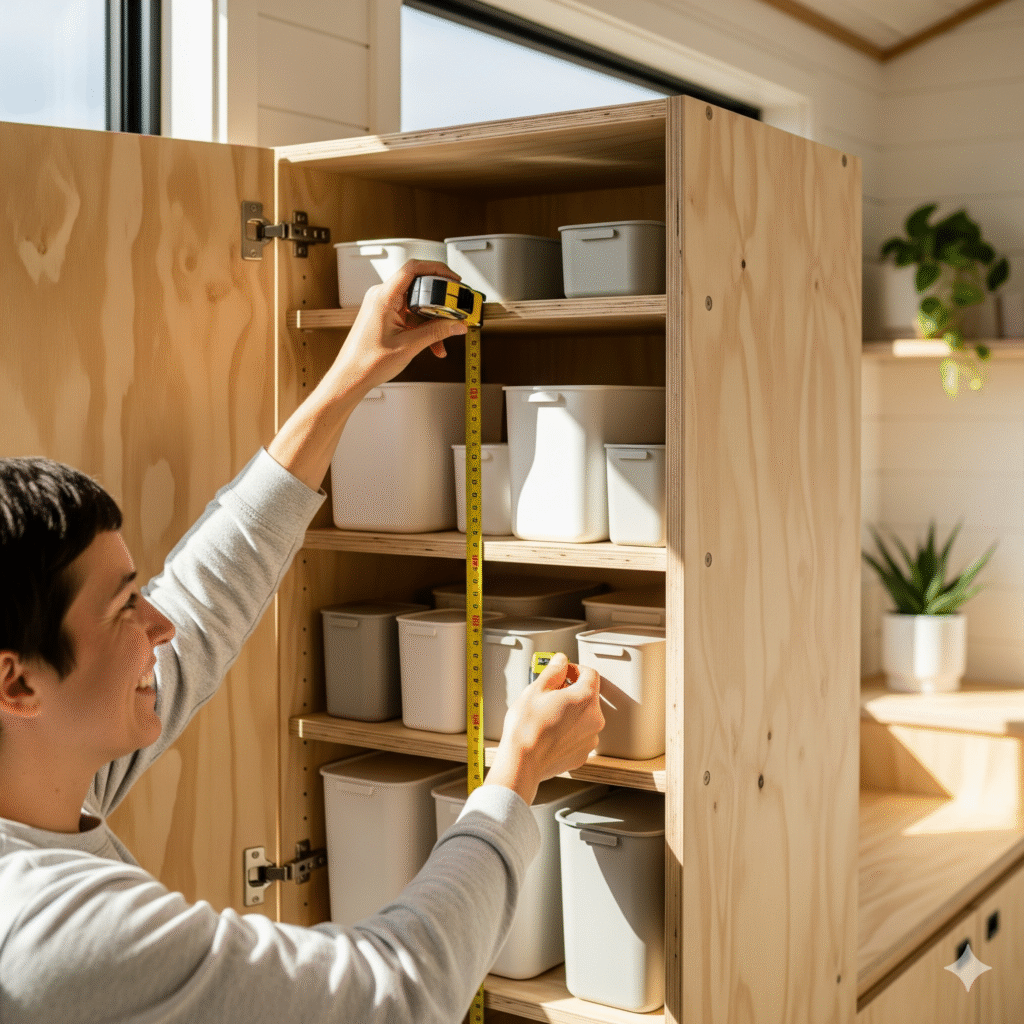

Under Bed Storage Ideas: 10 Genius Hacks
Unlock hidden space with these under bed storage ideas. Our guide to bedroom space saving…
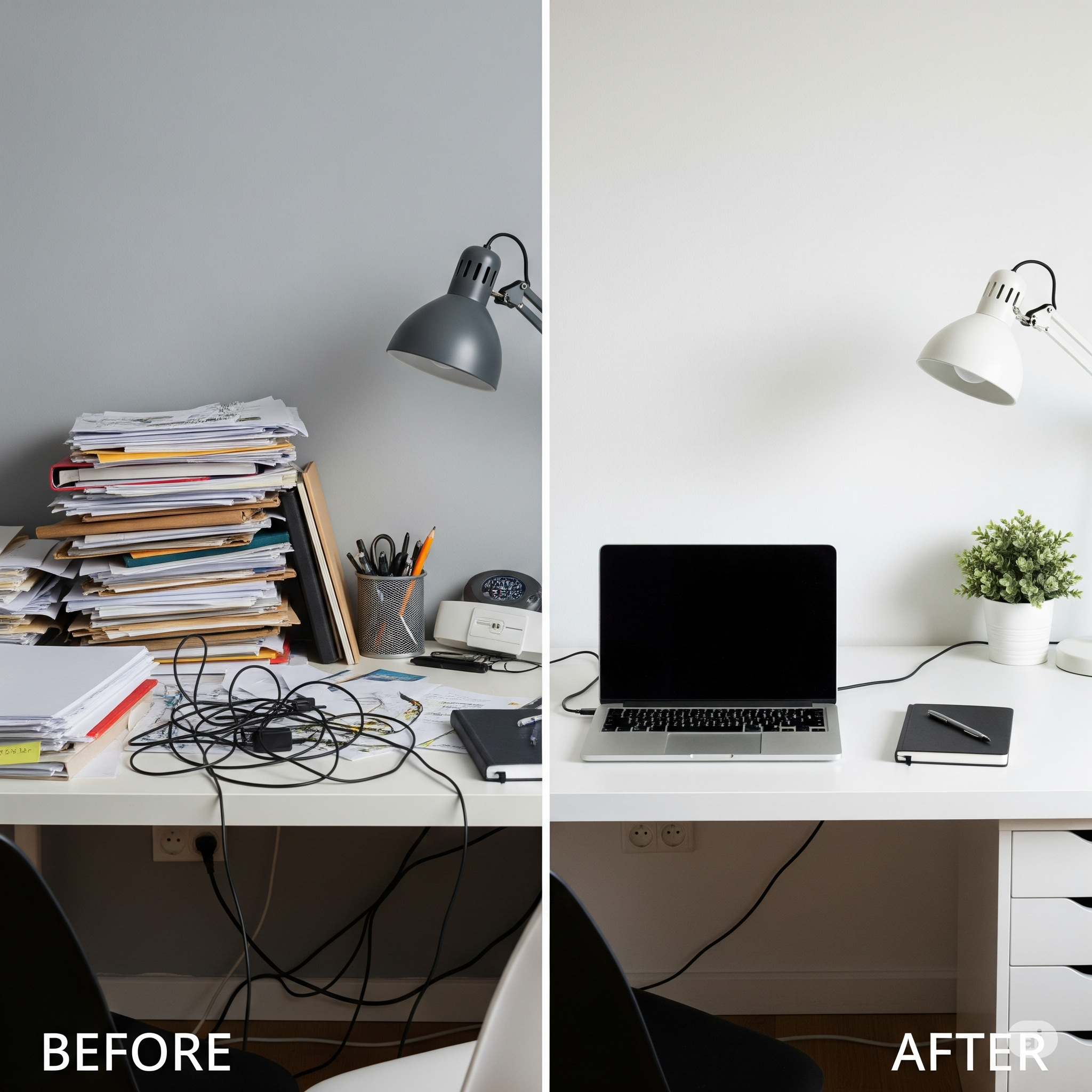
Home Decluttering Tips: 7 Easy Steps for 2025
Reclaim your home with these 7 easy home decluttering tips. A simple guide to help…

Closet Organization Small Space: A Pro Guide
Master your closet organization in a small space with these expert bedroom storage hacks. A…
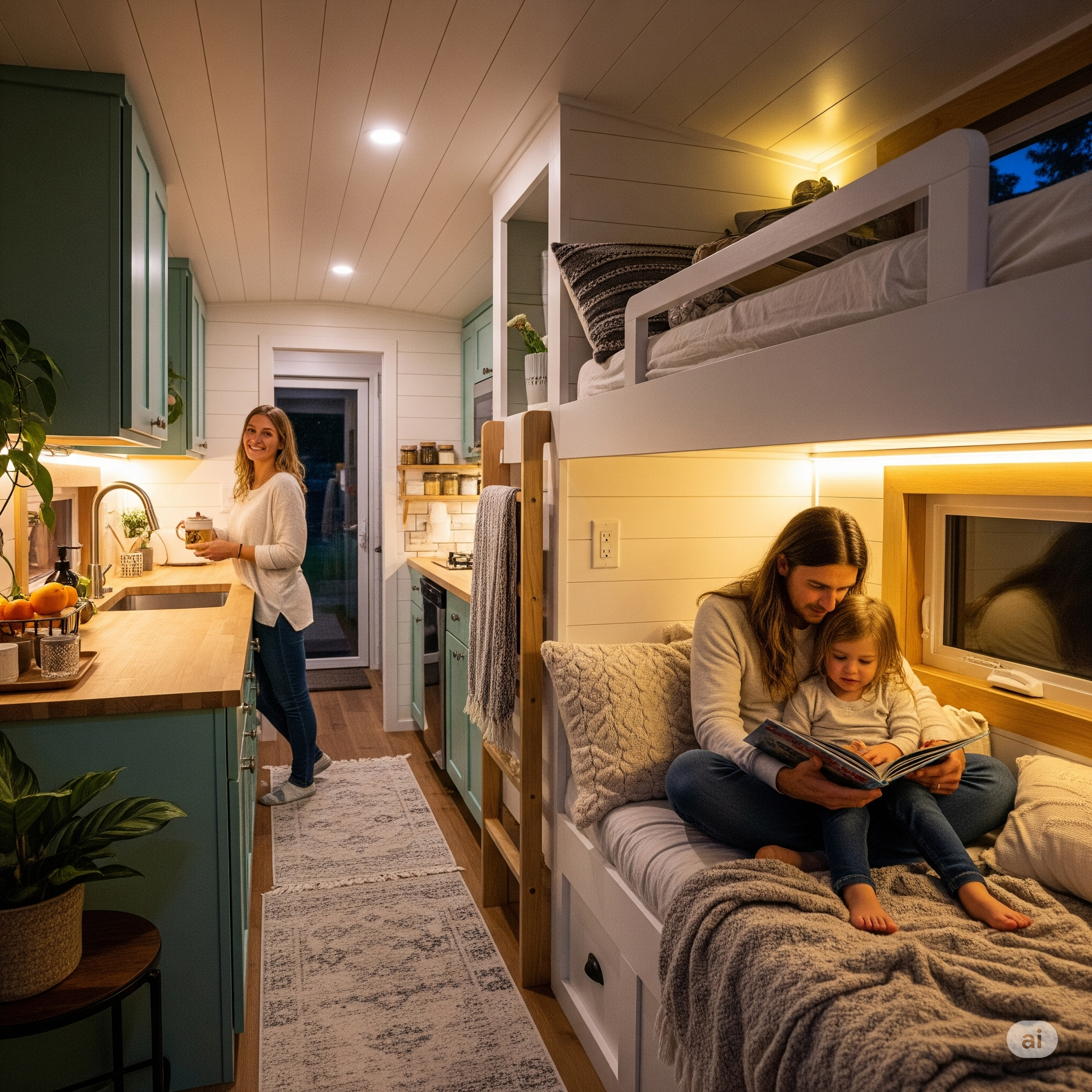
Family Tiny House: A Parent’s Guide for 2025
Thinking of a family tiny house? Our guide to small space parenting covers layouts, storage,…
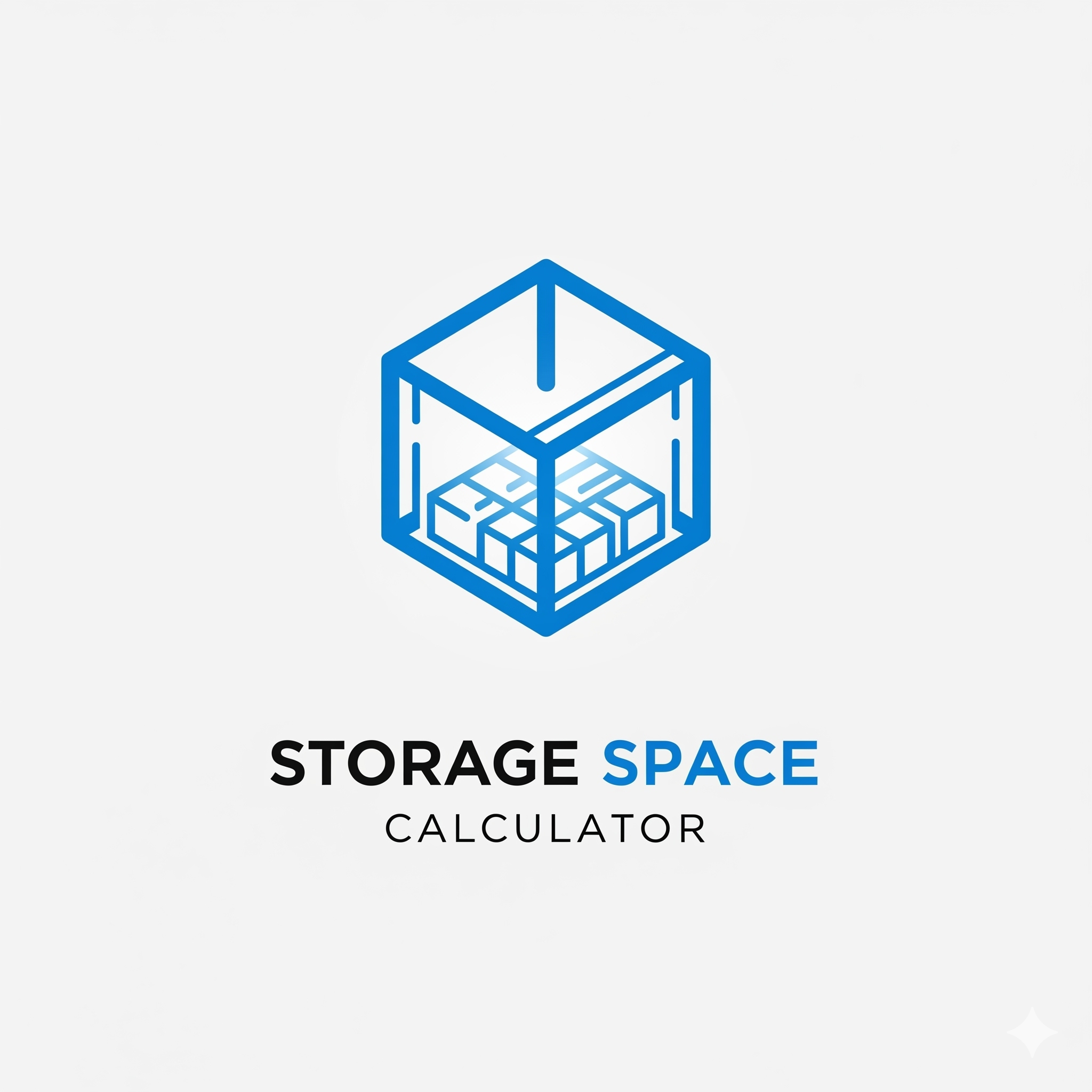
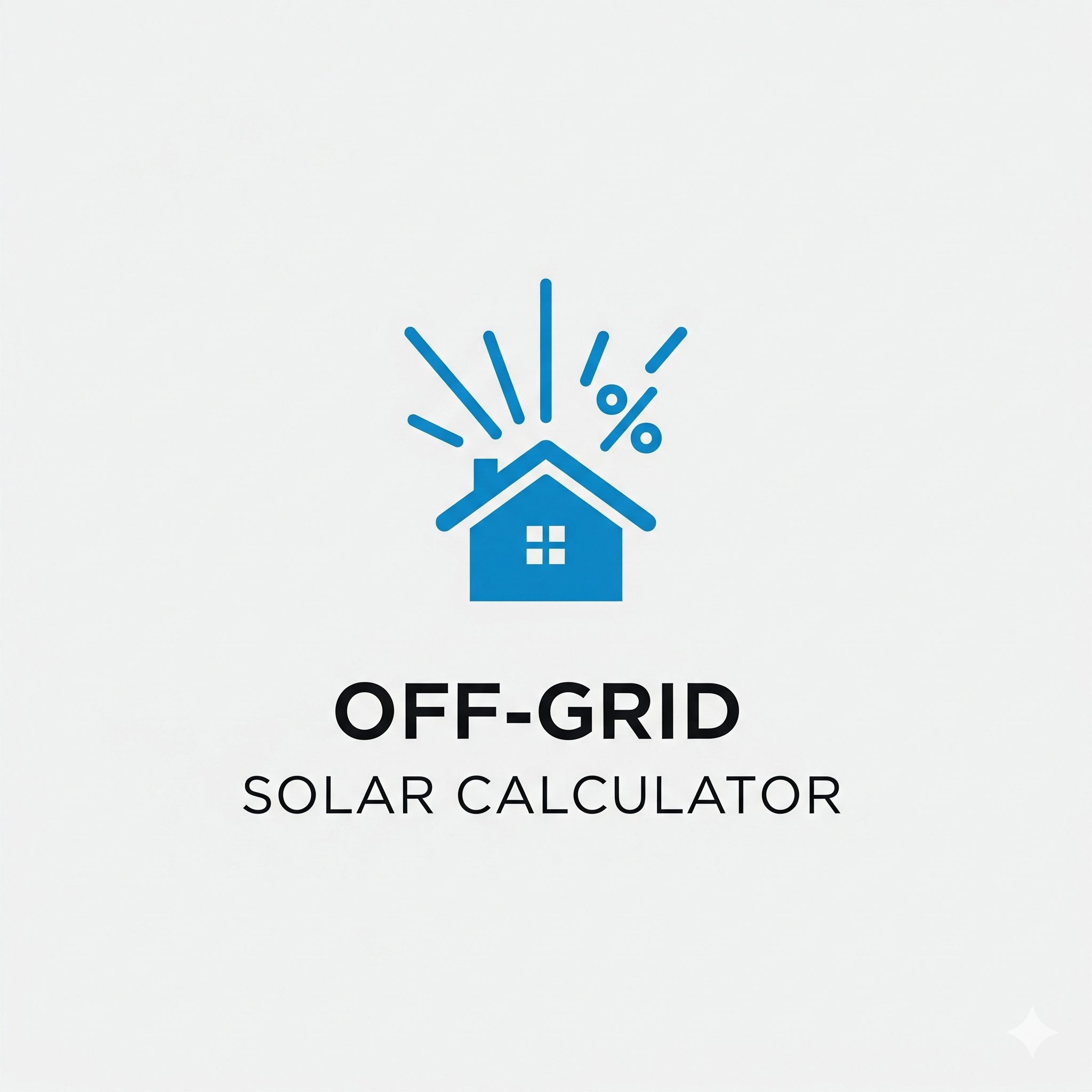
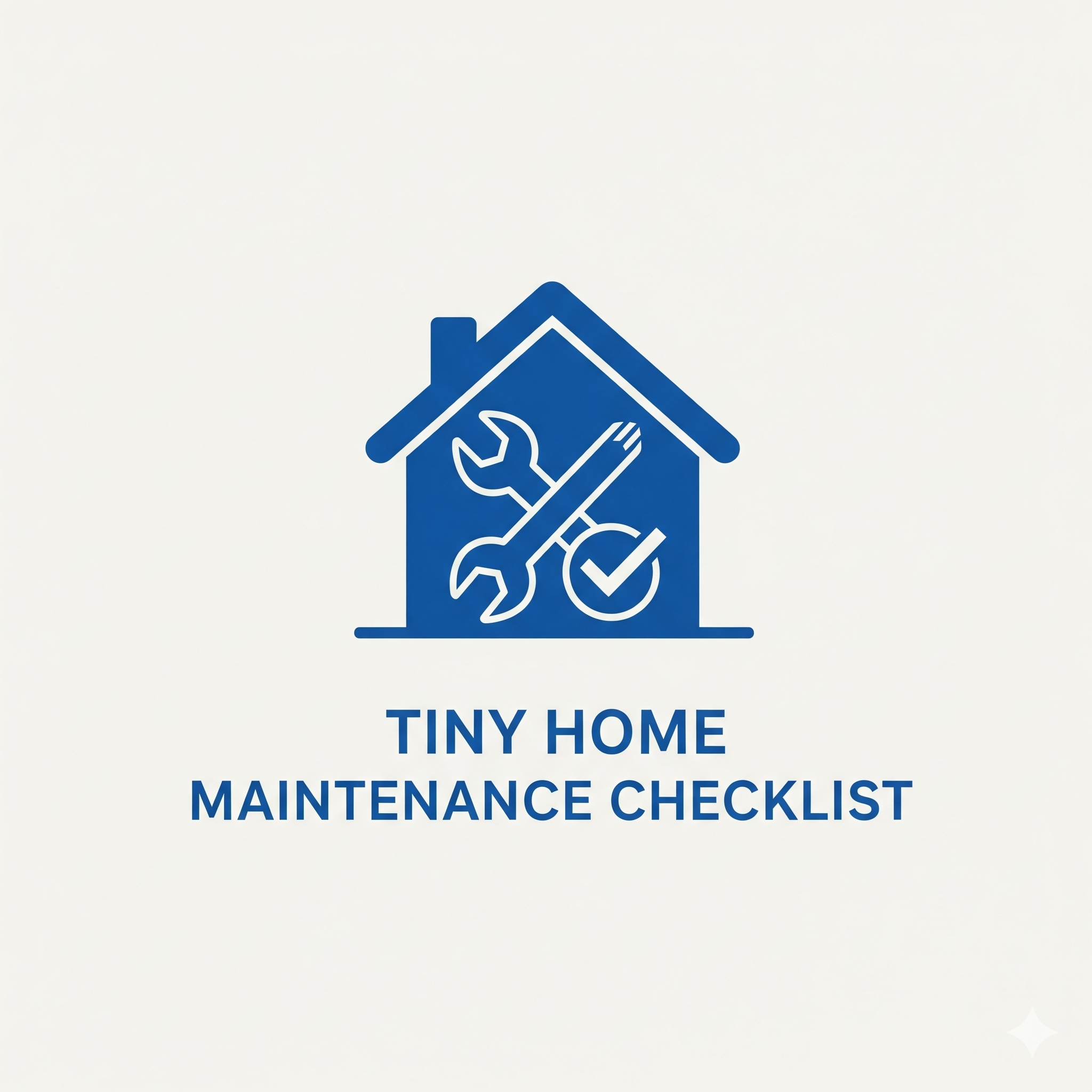
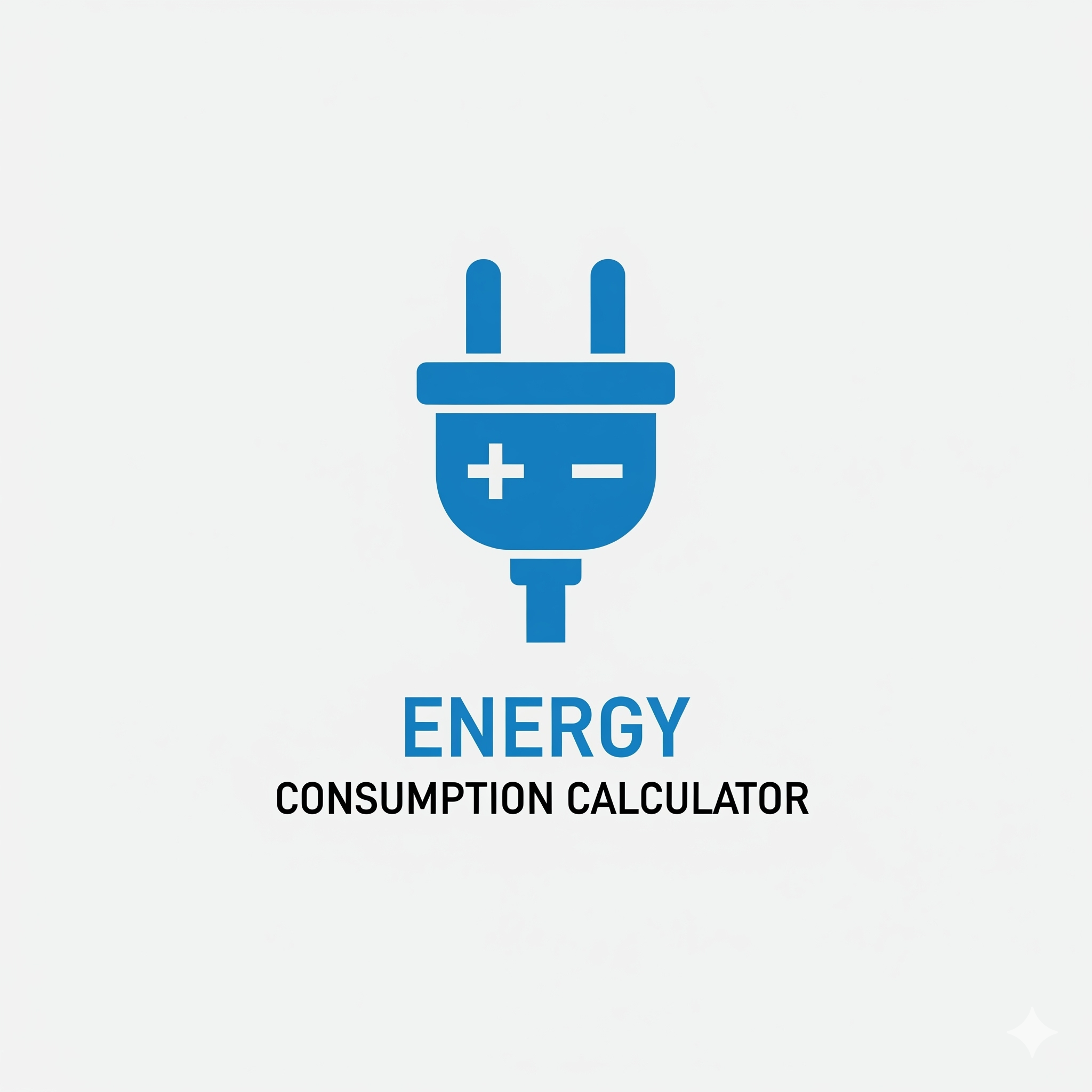
Post Comment